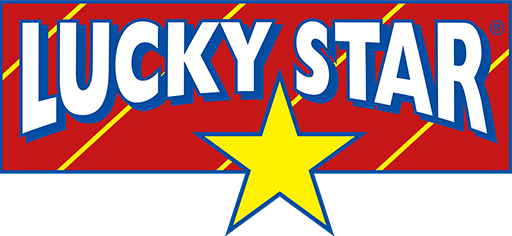


The shoals are located using sonar and the expert experience of the vessels skippers.

The pilchards are caught in large quantities using purse-seine fishing technology, operating close to the shore.

Once caught, the fish is kept on ice in seawater- refrigerated holds, kept at -1 degree C to enusre freshness as they are transported to the cannery. Friction causes the fish to lose their scales naturally whilst being transported back to the cannery.

Once the vessels have docked at the cannery, the fish are checked for quality and the catch is weighed and subtracted from the allowable catch, ensuring sustainable fishing practices.

This fish and the ice are then flumed over conveyors, drained of excess water and pass over sizing-rollers.

Once seperated, the fish are then conveyed to the cutting tables, where they are placed in cleats on a conveyor, which moves them to the cutting blades and gut extractors.

From here each fish is cut - removing the head, tail and gut. The fish is then put into cans by an automatic packer.

The fish and cans are inspected before being sent for the first cooking process in an exhaust box. The fish is cooked in the can and this first cooking process softens the fish bones. The cans then pass over a drainer to remove any excess moisture.

Sauces are prepared in the sauce kitchen and piped in hot to the sauce filler. The cans are then moved through the saucing machine where they are volumetrically vacuum filled.

Lids are applied to the cans, now filled with fish and sauce, and sealed using a seamer. The cans are automatically cleaned and an inkjet code applied to the lid. The code includes the production batch detailes and the 'best before' date. This allows product traceability and gives the consumer important product information.

They are then stacked into baskets for the final cooking process. The baskets cook at 122 degree C for between 60 - 85 minutes in a high-pressure cooker. This ensures product sterility, cooked-in freshness, product safety, excellent taste and shelf life.

Once the cans have cooled, the batches of cannes pilchards are then sampled and tested by officials of the NRCS, and once approved, are ready for labelling.

Our extensive and modern infrastructure ensures the most comprehensive distribution and warehousing in southern africa.

Once in a store near you, the product is ready to be bought and enjoyed in any way you chose. Try it as is, or discover one of the many recipes that are enjoyed by Lucky Star lovers nationwide.
